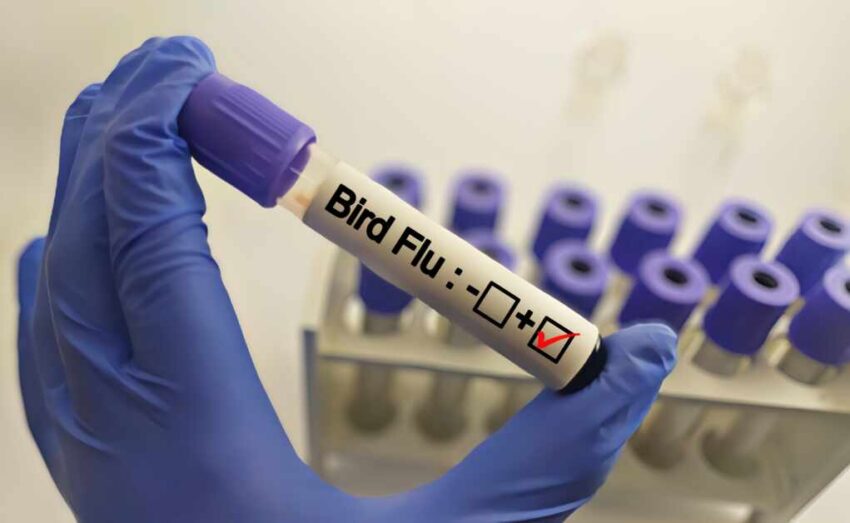The CDC has officially ended its emergency response to H5N1 bird flu after a substantial decline in infections and zero human cases since February.
At a Glance
- The CDC emergency activation began on April 4, 2024.
- All 70 reported human cases, predominantly farm workers, have been recorded with one fatality.
- No human infections have occurred since February 2025.
- Animal outbreaks have subsided, prompting CDC to revert to routine influenza surveillance.
- Experts warn migration-driven resurgence in fall may spark a renewed wave.
What Just Happened?
The U.S. Centers for Disease Control and Prevention deactivated its H5N1 bird flu emergency on July 2, 2025, citing a sharp drop in animal cases and no new human reports since February. Over the past year, 70 individuals—mostly farmworkers—have been infected, with one tragic death. The emergency, which began April 4, 2024, was critical for mobilizing CDC staff, funding, and vaccine strategies.
In a major reporting shift, the CDC will now incorporate bird flu into routine influenza updates. Detailed animal infection data has been offloaded to the USDA’s surveillance dashboard. Human testing numbers will be updated monthly, but more granular, real-time animal data is no longer being published—a move some experts say could allow mild or undetected cases to slip through cracks in the surveillance net.
Why the WORRY About a Fall Resurgence?
Dr. Marc Siegel warns that bird flu traditionally follows migratory bird patterns—and although the CDC maintains the public risk is “low,” he cautions: “I expect the numbers to surge back up in the fall,” according to Fox News Health. CDC officials have echoed this concern, noting highly pathogenic avian influenza tends to peak during the fall and early winter migration cycles.
Compounding the issue, budget reductions have undercut critical tools. Moderna recently lost a $700 million contract to develop an H5N1 vaccine, and long-term monitoring programs have been curtailed as agencies shift back to pre-emergency operations, according to Reuters. Meanwhile, farmworkers fear deportation if they report symptoms, risking silent spread among vulnerable populations.
Heading into Fall: Are We Prepared?
Dr. Nirav Shah, former CDC deputy director, insisted the agency can ramp up emergency surveillance “in an afternoon,” as noted by KSBW News. While no human-to-human transmission has yet been confirmed, the World Health Organization still classifies H5N1 as a “moderate” pandemic risk.
Without active frontline detection, virologists warn a stealth resurgence remains plausible. With fewer resources and fading public attention, the fall migration could reignite cross-species infection events—and this time, authorities may be slower to react.
Click this link for the original source of this article.
Author: Editor
This content is courtesy of, and owned and copyrighted by, https://thecongressionalinsider.com and its author. This content is made available by use of the public RSS feed offered by the host site and is used for educational purposes only. If you are the author or represent the host site and would like this content removed now and in the future, please contact USSANews.com using the email address in the Contact page found in the website menu.








